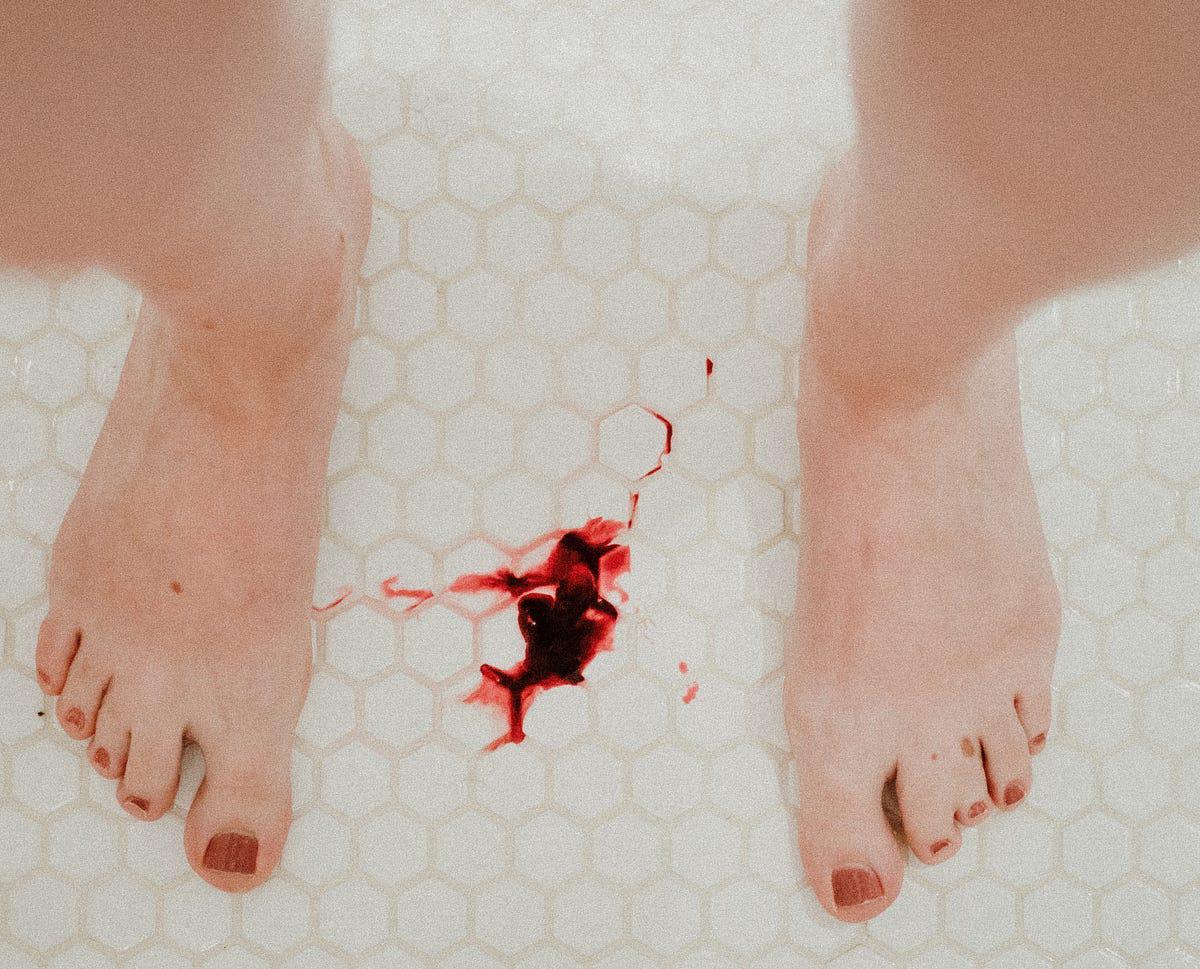Before I started bleeding, I had never heard of fibroids.
“Wow, check this out!” I would say to my husband as we got ready in the shared bathroom, pointing at the blood from my period at the bottom of the shower.
I found it fascinating to see bright red blood, with large clots everywhere, swirling down the drain. My body, inside and intensely, I played the role of a morbid observer without really questioning whether this was a problem. The clots reminded me of liver, animals, and something innate.
“Is that normal?” he asked one day, shocked by how much blood there was. We had been together for 12 years. He had seen periods before, but this was the first time he was worried.
I really didn’t know if this was normal. My bleeding had definitely increased, but I thought it was part of getting older. I assumed my body had changed after having children.
Since I started at 13, my cycles had become more regular. Aside from the painful cramps and mood swings they brought, I never thought much about it.
In my 30s, things changed significantly.
My cycles became shorter. They went from 28 days to 27, creeping down to 26, 24, until I was getting my period every 18 days. My abdomen ached and felt pressure all month long. I would get up at night to urinate, struggling with increasing and relentless fatigue.
The blood in the shower was no longer something I strangely enjoyed seeing - it terrified me. More importantly, I was tired of bleeding all the time.
When a lump appeared on my cervix, I called the gynecologist. I was scared of cervical cancer, and she told me to come in right away.
Fortunately, it was just a harmless cyst. But while I was there, I complained to her about my frequent bleeding and persistent cramps, as well as my unshakeable deep fatigue. When she heard I was bleeding every 2-3 weeks, she did an ultrasound.
She said, “You have fibroids.”
